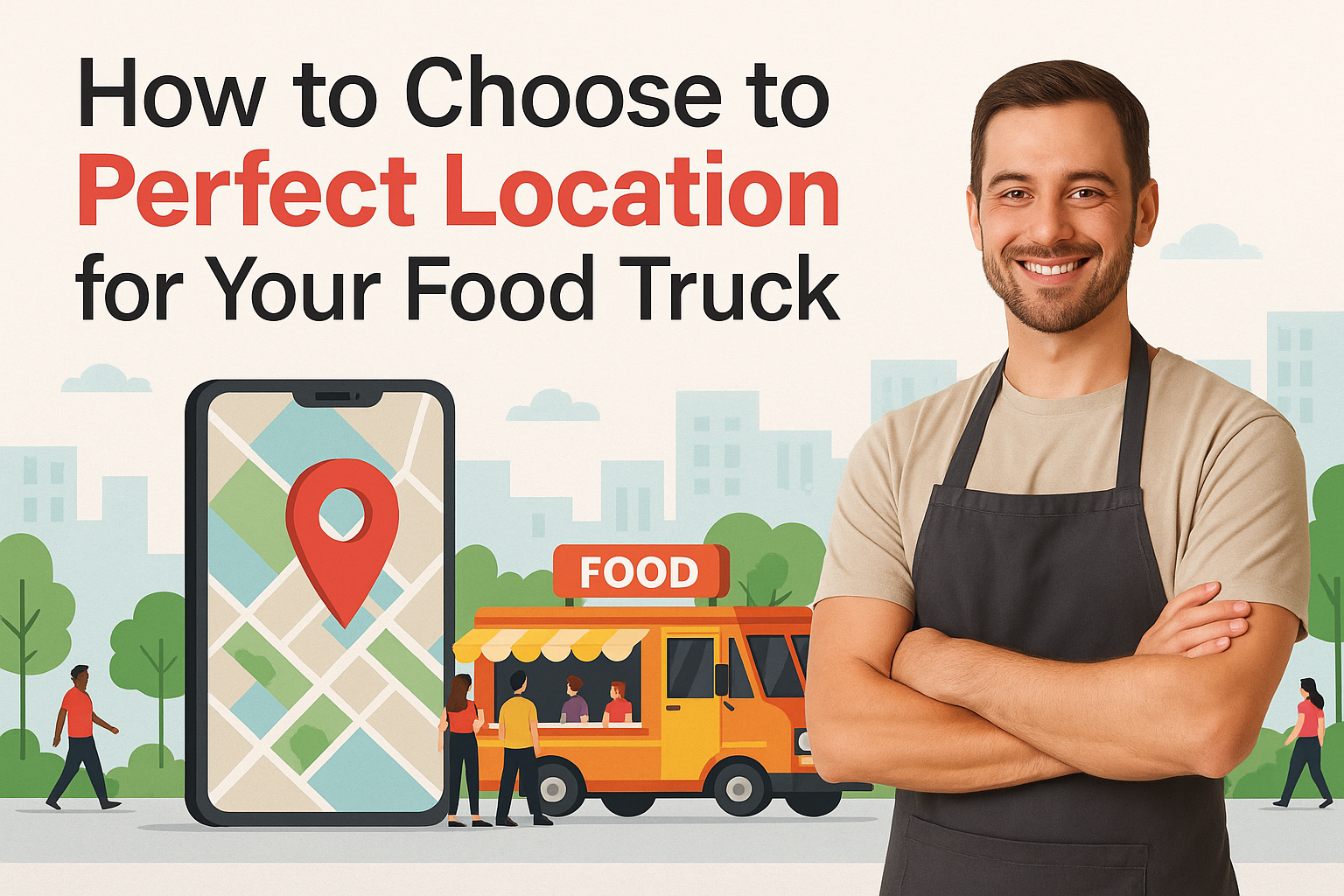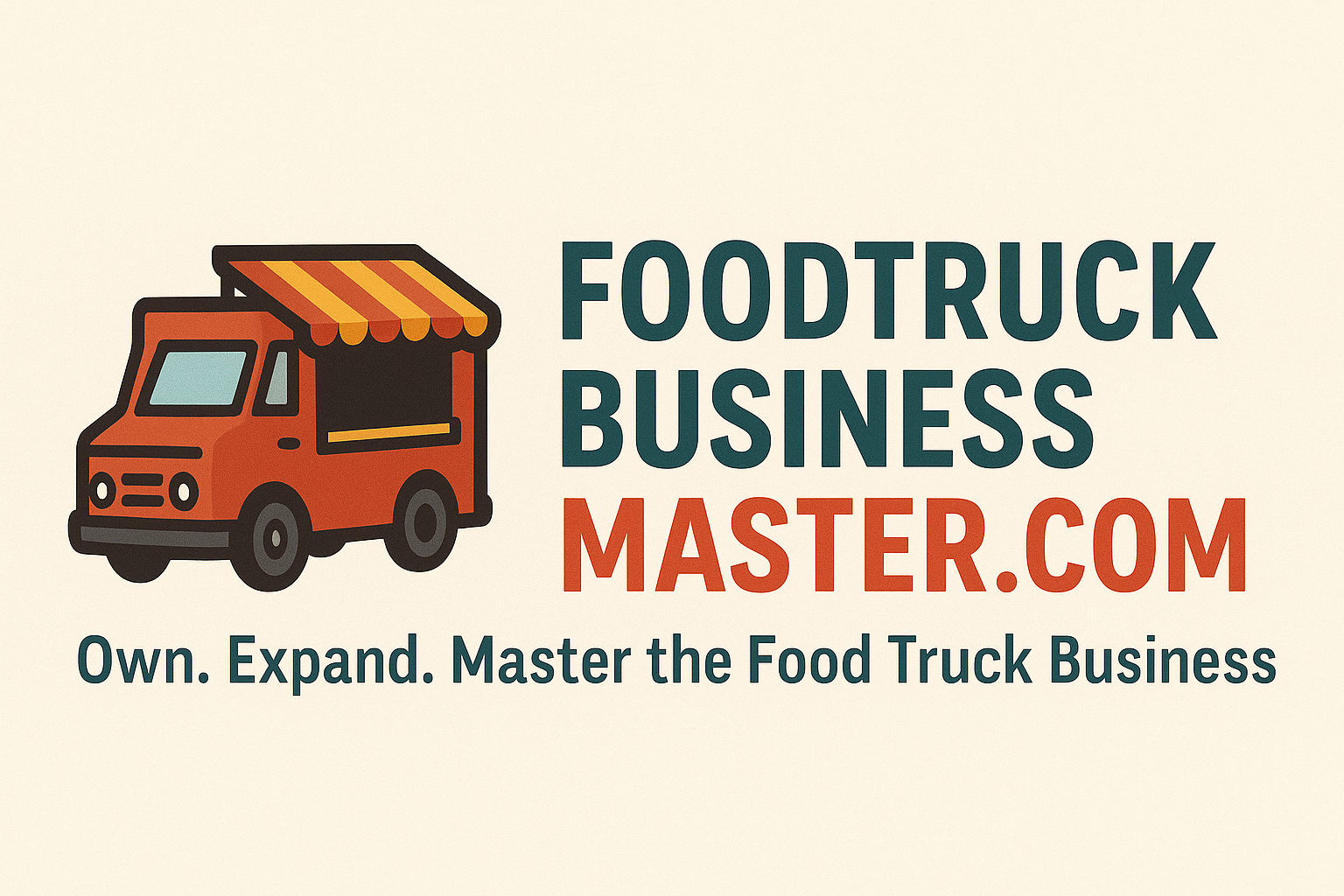
Success in the food truck business isn’t just about great food — it’s about being in the right place at the right time.
Whether you’re a one-truck operation or launching a franchise fleet, your daily location choices directly impact visibility, sales, and growth. Here’s how to get it right:
📊 1. Understand Your Target Audience
Before picking a location, ask:
- Who is your ideal customer?
- Are they workers, students, families, tourists?
- When are they most likely to buy from you — lunch, evenings, weekends?
Knowing your audience helps guide where (and when) to set up.
🚶 2. Prioritize Foot Traffic
High foot traffic = more potential customers. Top spots include:
- Business districts (weekday lunch crowds)
- University campuses
- Parks and recreation zones
- Nightlife areas (evenings and weekends)
- Farmers’ markets and public events
Bonus Tip: Use foot traffic tools like Placer.ai or simply observe target locations during peak hours.
🅿️ 3. Check Parking and Zoning Rules
Even a great location won’t help if you’re not allowed to vend there.
Check for:
- Legal parking zones for food trucks
- No-vending or restricted zones
- Proximity limits to brick-and-mortar restaurants
- City permits or rotating vendor programs
Some cities even have official food truck maps with pre-approved spaces.
🛍️ 4. Partner with Private Locations
Some of the best food truck setups are on private properties like:
- Breweries and wineries
- Office complexes
- Car dealerships
- Event venues and wedding spaces
- Co-working hubs
Get permission and offer value to the property owner (a revenue share, employee discounts, etc.).
🎪 5. Join Events & Festivals
Pop-ups, cultural festivals, and food truck rallies offer:
- Guaranteed foot traffic
- Marketing exposure
- New customer discovery
Yes, fees can be steep — but the ROI often makes it worthwhile.
📱 6. Stay Flexible — Use Social Media
One of the advantages of a food truck is mobility.
Build a loyal following by:
- Announcing daily or weekly locations
- Using GPS-enabled apps or maps
- Rewarding customers who track and share your posts
🔁 7. Test & Rotate
What works one month might flop the next.
Try different locations on:
- Different days of the week
- Different times (lunch vs dinner)
- Different seasons (park vs downtown)
Keep a location journal and analyze patterns based on your sales data.
⚠️ Mistakes to Avoid
- Assuming foot traffic = food traffic
- Setting up in no-permit zones
- Ignoring restroom access and customer comfort
- Neglecting night-time lighting or safety in remote spots
🔍 Final Thoughts
The right location can triple your sales — the wrong one can drain your momentum. Make data-backed decisions and stay mobile, observant, and adaptive.
🚀 Need Help Mapping Your Strategy?
At FoodTruckBusinessMaster.com, powered by Star Brands Consulting Group, we help entrepreneurs:
- Research and secure profitable vending locations
- Comply with local regulations
- Set rotation schedules that maximize sales
✅ Download Our Free Location Scouting Checklist
✅ Explore Our [Startup Resources Hub]
✅ Get a One-on-One Location Strategy Session
Own. Expand. Master the Food Truck Business.

Leave a Reply